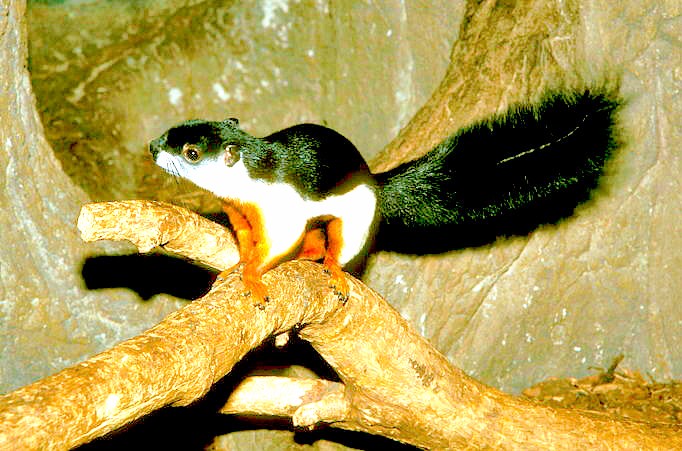|
| 질의: Tree squirrel | 결과: 141번째/207 | |
Prevost's squirrel (Callosciurus prevostii)
| 제목: | Prevost's squirrel (Callosciurus prevostii)
| | 올린이: | Shahril (different_world_06@hotmail.com)
| |

| 해상도: 682x451
파일크기: 111346 Bytes
촬영일: 2020:02:09 19:52:00
등록시간: 2020:02:09 22:29:18
|
Prevost's squirrels are agile arboreal mammals, which excel at climbing and jumping. Their toes, with their sharp claws, are well adapted for clinging to tree trunks. They can jump across considerable gaps between trees. |
^o^
동물그림창고 똑똑전화 누리집
^o^
|
|